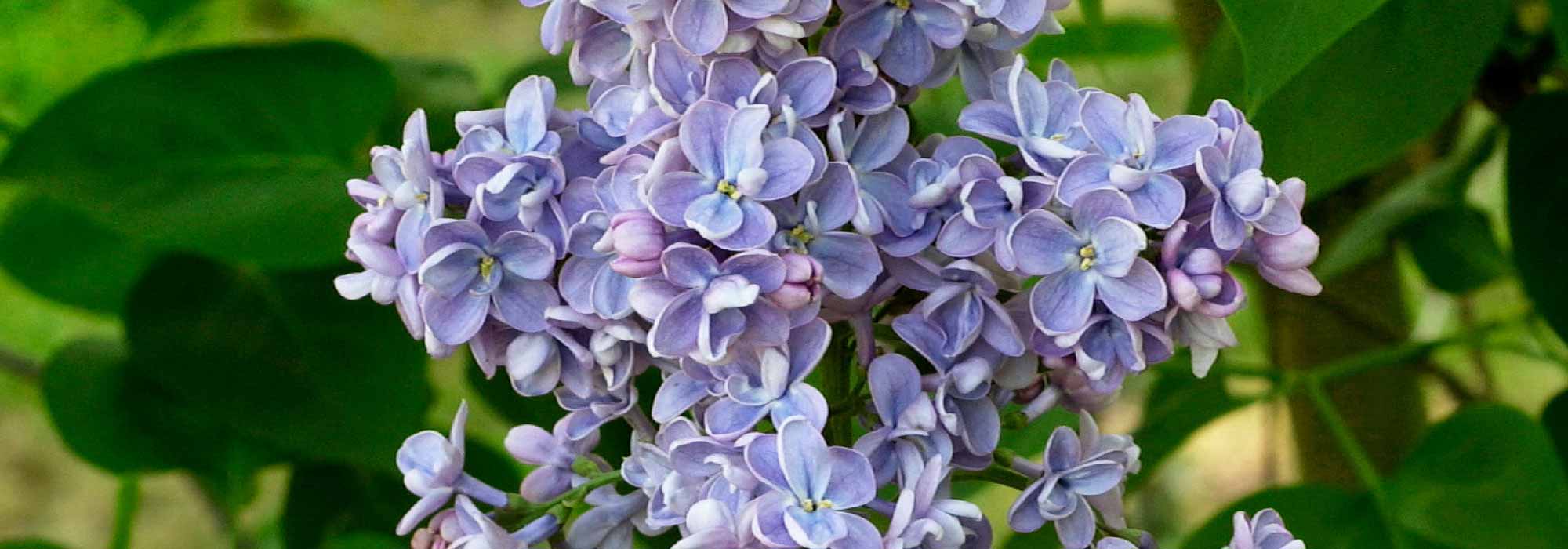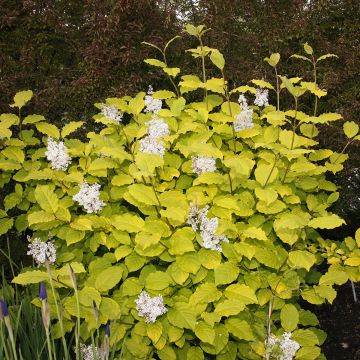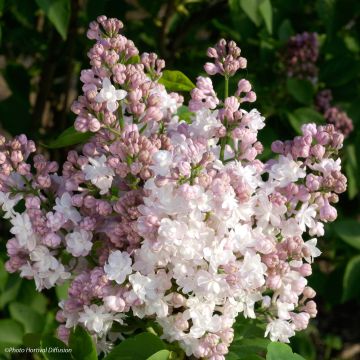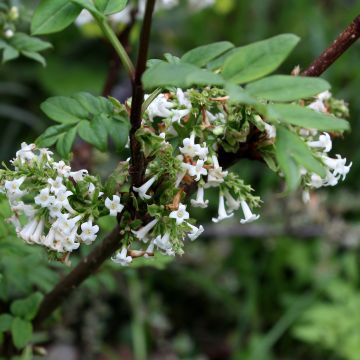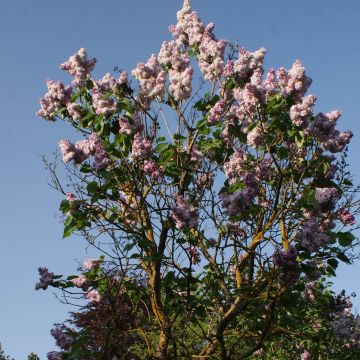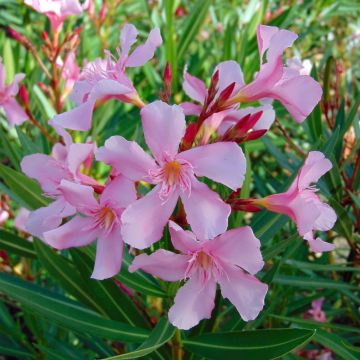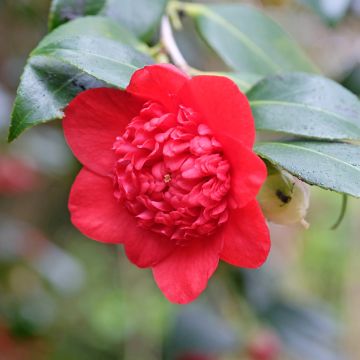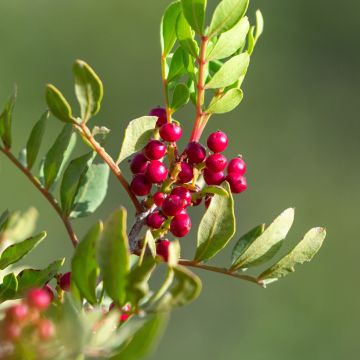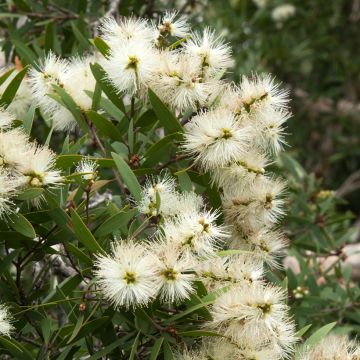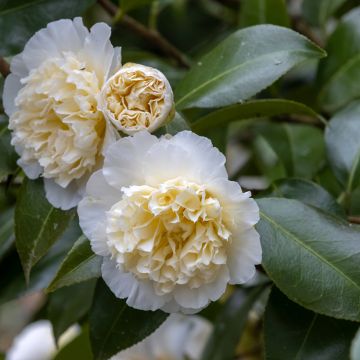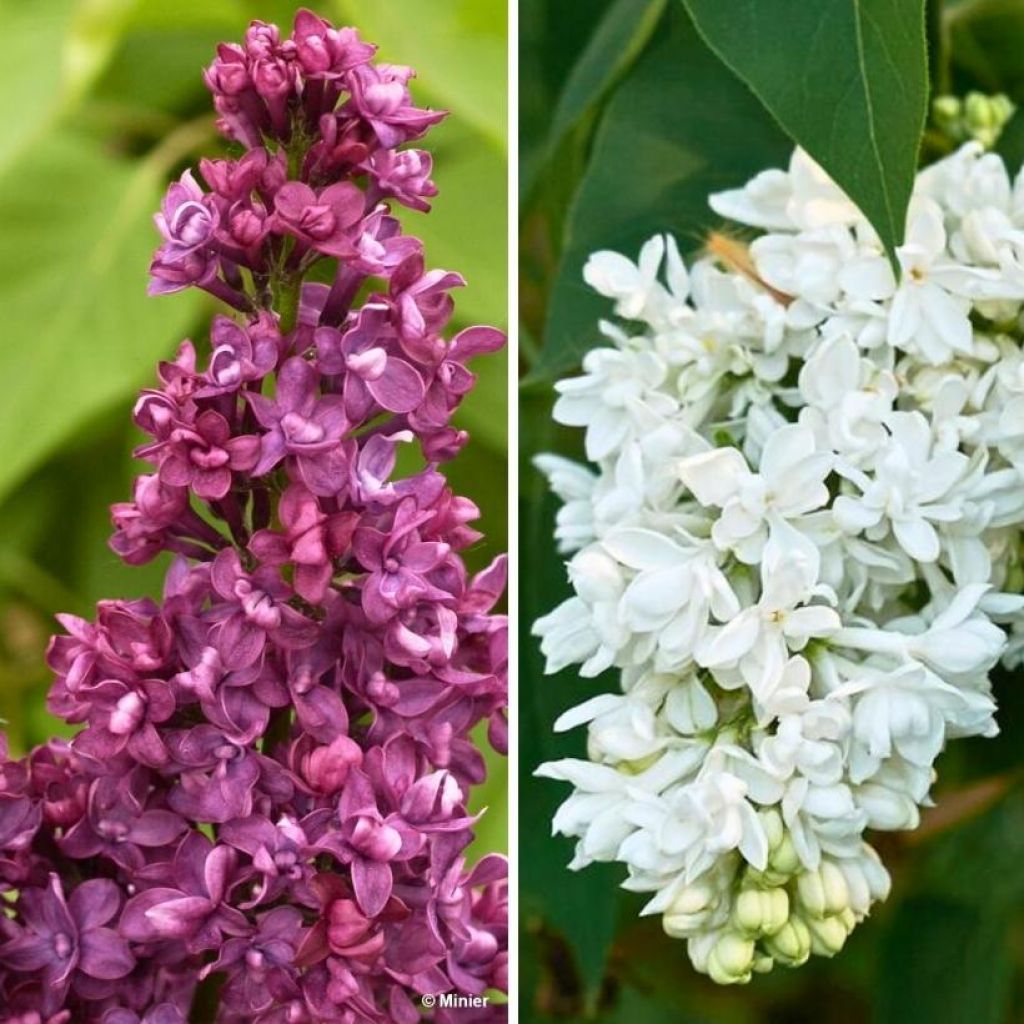

Duo of Double-flowered Lilacs
Duo of Double-flowered Lilacs
Syringa vulgaris Madame Lemoine, Charles Joly
Special offer!
Receive a €20 voucher for any order over €90 (excluding delivery costs, credit notes, and plastic-free options)!
1- Add your favorite plants to your cart.
2- Once you have reached €90, confirm your order (you can even choose the delivery date!).
3- As soon as your order is shipped, you will receive an email containing your voucher code, valid for 3 months (90 days).
Your voucher is unique and can only be used once, for any order with a minimum value of €20, excluding delivery costs.
Can be combined with other current offers, non-divisible and non-refundable.
Home or relay delivery (depending on size and destination)
Schedule delivery date,
and select date in basket
This plant carries a 24 months recovery warranty
More information
We guarantee the quality of our plants for a full growing cycle, and will replace at our expense any plant that fails to recover under normal climatic and planting conditions.
Would this plant suit my garden?
Set up your Plantfit profile →
Collection items (2 plants)
Description
We offer you a duo of double-flowered lilacs bringing together the varieties 'Madame Lemoine' and 'Charles Joly'. These old French cultivars by Victor Lemoine, which have proven their worth, are still among the most planted in gardens. In spring, these tall shrubs that can become true small trees, reaching heights of 4 to 5.50 m (13 to 18ft), are covered in frothy and fragrant clusters, white or wine-coloured depending on the plant. Use them in a large flowering hedge, along with other shrubs that flower in spring or summer. Of course, you can pick their flowers to make glorious bouquets.
The duo consists of:
-1 Lilac (Syringa vulgaris) 'Madame Lemoine': a variety rewarded in England by the Royal Horticultural Society. This vigorous lilac reaches 4 m (13ft) in height and has a spread of 2.75 m (9ft), on average, it produces numerous suckers at its base. It bears large clusters of double white flowers (up to 18 cm (7in) long) with a slight sweet scent on a background of bitter almond. Blooms in May.
-1 Lilac (Syringa vulgaris) 'Charles Joly': a variety dating back to 1896, reaching 5.50 m (18ft) in height and having a spread of 3.50 m (11ft). The shrub also produces suckers. Its clusters are tightly packed, quite small, but very numerous. The double flowers are reddish-purple in colour. They have a pronounced fragrance. Blooms in April-May.
Plant these lilacs preferably in autumn, in deep, loose, rich garden soil, preferably slightly chalky, not too dry in summer. A sunny exposure promotes spectacular flowering, but the shrub tolerates partial shade. Dig a planting hole at least 3 times the size of the root ball. In an informal hedge, maintain a spacing of 1.50 to 2 m (5 to 7ft) between each plant, as these varieties expand and sucker with age. If you want to make them into small trees and plant them in isolation, for example on a lawn, you will need to monitor the appearance of suckers and remove them.
A few ideas to accompany this lilac duo in a hedge: large roses such as 'James Galway' and 'Madame Alfred Carrière', the mock orange Philadelphus coronarius, Amelanchier canadensis, hawthorns, Buddleia alternifolia, flowering crabapples... You can also showcase your lilacs by surrounding their base with a bed of groundcover roses and catmints.
Plant habit
Flowering
Foliage
Botanical data
Syringa
vulgaris
Madame Lemoine, Charles Joly
Oleaceae
Cultivar or hybrid
Other Syringa - Lilac
View all →Planting and care
Lilacs appreciate planting in full sun, in a soil that remains fairly moist, rich, and well-drained. They can tolerate any type of soil, but prefer slightly alkaline soils and are sensitive to highly acidic soils. They can grow in partially shaded areas, but flowering will be reduced. Easy to grow, they require only mulching in dry climates during the summer to maintain some moisture. Water them in the first few years if there is severe drought. You can prune the flowering branches to make beautiful bouquets, or at the end of the flowering season. Avoid severe pruning that limits the spring flowering, unless your lilac becomes too large.
Planting period
Intended location
Care
Planting & care advice
This item has not been reviewed yet - be the first to leave a review about it.
Similar products
Haven't found what you were looking for?
Hardiness is the lowest winter temperature a plant can endure without suffering serious damage or even dying. However, hardiness is affected by location (a sheltered area, such as a patio), protection (winter cover) and soil type (hardiness is improved by well-drained soil).

Photo Sharing Terms & Conditions
In order to encourage gardeners to interact and share their experiences, Promesse de fleurs offers various media enabling content to be uploaded onto its Site - in particular via the ‘Photo sharing’ module.
The User agrees to refrain from:
- Posting any content that is illegal, prejudicial, insulting, racist, inciteful to hatred, revisionist, contrary to public decency, that infringes on privacy or on the privacy rights of third parties, in particular the publicity rights of persons and goods, intellectual property rights, or the right to privacy.
- Submitting content on behalf of a third party;
- Impersonate the identity of a third party and/or publish any personal information about a third party;
In general, the User undertakes to refrain from any unethical behaviour.
All Content (in particular text, comments, files, images, photos, videos, creative works, etc.), which may be subject to property or intellectual property rights, image or other private rights, shall remain the property of the User, subject to the limited rights granted by the terms of the licence granted by Promesse de fleurs as stated below. Users are at liberty to publish or not to publish such Content on the Site, notably via the ‘Photo Sharing’ facility, and accept that this Content shall be made public and freely accessible, notably on the Internet.
Users further acknowledge, undertake to have ,and guarantee that they hold all necessary rights and permissions to publish such material on the Site, in particular with regard to the legislation in force pertaining to any privacy, property, intellectual property, image, or contractual rights, or rights of any other nature. By publishing such Content on the Site, Users acknowledge accepting full liability as publishers of the Content within the meaning of the law, and grant Promesse de fleurs, free of charge, an inclusive, worldwide licence for the said Content for the entire duration of its publication, including all reproduction, representation, up/downloading, displaying, performing, transmission, and storage rights.
Users also grant permission for their name to be linked to the Content and accept that this link may not always be made available.
By engaging in posting material, Users consent to their Content becoming automatically accessible on the Internet, in particular on other sites and/or blogs and/or web pages of the Promesse de fleurs site, including in particular social pages and the Promesse de fleurs catalogue.
Users may secure the removal of entrusted content free of charge by issuing a simple request via our contact form.
The flowering period indicated on our website applies to countries and regions located in USDA zone 8 (France, the United Kingdom, Ireland, the Netherlands, etc.)
It will vary according to where you live:
- In zones 9 to 10 (Italy, Spain, Greece, etc.), flowering will occur about 2 to 4 weeks earlier.
- In zones 6 to 7 (Germany, Poland, Slovenia, and lower mountainous regions), flowering will be delayed by 2 to 3 weeks.
- In zone 5 (Central Europe, Scandinavia), blooming will be delayed by 3 to 5 weeks.
In temperate climates, pruning of spring-flowering shrubs (forsythia, spireas, etc.) should be done just after flowering.
Pruning of summer-flowering shrubs (Indian Lilac, Perovskia, etc.) can be done in winter or spring.
In cold regions as well as with frost-sensitive plants, avoid pruning too early when severe frosts may still occur.
The planting period indicated on our website applies to countries and regions located in USDA zone 8 (France, United Kingdom, Ireland, Netherlands).
It will vary according to where you live:
- In Mediterranean zones (Marseille, Madrid, Milan, etc.), autumn and winter are the best planting periods.
- In continental zones (Strasbourg, Munich, Vienna, etc.), delay planting by 2 to 3 weeks in spring and bring it forward by 2 to 4 weeks in autumn.
- In mountainous regions (the Alps, Pyrenees, Carpathians, etc.), it is best to plant in late spring (May-June) or late summer (August-September).
The harvesting period indicated on our website applies to countries and regions in USDA zone 8 (France, England, Ireland, the Netherlands).
In colder areas (Scandinavia, Poland, Austria...) fruit and vegetable harvests are likely to be delayed by 3-4 weeks.
In warmer areas (Italy, Spain, Greece, etc.), harvesting will probably take place earlier, depending on weather conditions.
The sowing periods indicated on our website apply to countries and regions within USDA Zone 8 (France, UK, Ireland, Netherlands).
In colder areas (Scandinavia, Poland, Austria...), delay any outdoor sowing by 3-4 weeks, or sow under glass.
In warmer climes (Italy, Spain, Greece, etc.), bring outdoor sowing forward by a few weeks.
































